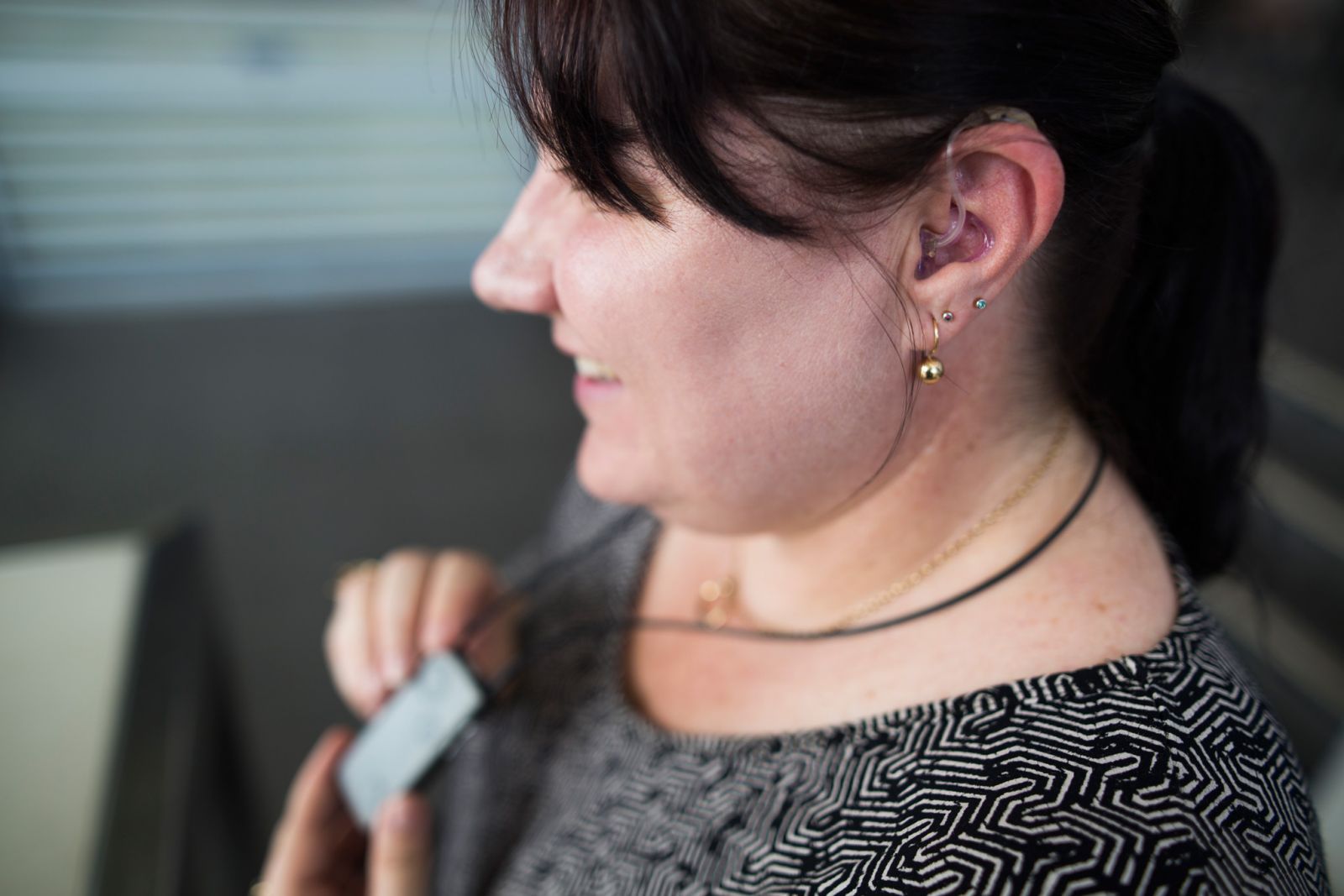Changing work areas and methods
 At any time, you may agree to make changes that will allow an employee with disability to do his or her job better. This might mean making physical changes to the work area. It might mean changing work methods or how the employee is supervised.
At any time, you may agree to make changes that will allow an employee with disability to do his or her job better. This might mean making physical changes to the work area. It might mean changing work methods or how the employee is supervised.
Examples of changes to a work area or the work premises
- a desk that can be adjusted for height if your employee uses a wheelchair
- relocating filing cabinets to allow access if your employee has mobility issues
- increasing lighting if your employee has vision impairment
- provision of clear markings and colour contrasts on steps or pathways
- a parking space close to the work premises if your employee uses a wheelchair
- building modifications to allow access to bathroom facilities if your employee has mobility issues.
Examples of extra equipment or services that can be provided
- lifting equipment if your employee cannot safely lift heavy objects
- telephone typewriter (TTY) phone access if your employee is deaf, has hearing loss or has a speech impairment
- screen-reading software if your employee has vision impairment
- disability-specific equipment such as Braille equipment
- access to Auslan interpreters if your employee is deaf or has hearing loss.
Examples of changes to work methods
- written instructions, task lists, labels, prompts or reminders if your employee has memory problems
- clear and constant daily routines if an intellectual disability affects your employee’s organisational skills
- modifying the duties involved in the job
- exchanging duties between a person with disability and a co-worker.
Financial help with changing the workplace
If you agree to make changes to help a person with disability do a particular job, your costs may be covered by the Employment Assistance Fund.
Last updated:
